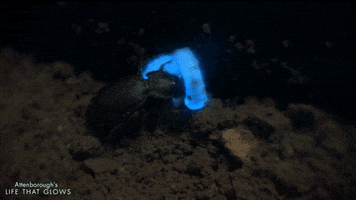2020’s scientific discoveries-“From soaring snakes to surfing suckerfish, nature is an endless source of inspiration.”
“Many new inventions and technologies derive inspiration from nature.”

The following written content by Rachel Lallensack
Many new inventions and technologies derive inspiration from nature. The practice of modeling artificial products after biological processes is called biomimicry or biomimetics. Janine Benyus, co-founder of the Biomimicry Institute, popularized the term in her 1997 book, Biomimicry. “Biomimicry,” she wrote, “is basically taking a design challenge and then finding an ecosystem that’s already solved that challenge, and literally trying to emulate what you learn.”

As scientists studying the natural world reveal their findings, inventors and engineers are drawing from these new revelations and applying nature’s solutions to new technology. Whether the problems researchers are looking to solve involve building better robots, tracking cancer cells more efficiently or improving telescopes to study space, a useful solution can be found in living things.
Here are ten findings from 2020 that could one day lead to new inventions.
Suckerfish Surf on the Backs of Other Sea Creatures

Remoras are the ocean’s hitchhikers. Also known as suckerfish, whalesuckers or sharksuckers, the one-to-three-foot long swimmers anchor themselves to blue whales or zebra sharks with a suction cup-like disc that “sits on their head like a flat, sticky hat,” according to the New York Times. But these suckerfish aren’t just mooching a free ride. This year, researchers found that the fish can actually “surf” along their chauffeur’s back while the pair is in transit. The remoras glide along their host’s body, clustering near a whale’s blowhole and dorsal fin where there is minimal drag—all the while nibbling on dead skin and parasites.
Researchers Brooke Flammang, Jeremy Goldbogen and their teams found that the remora’s choice location is key to hanging on. The area between the blowhole and dorsal fin, especially on blue whales, has “much lower-velocity fluid” than if it were “just a few centimeters higher” on the whale’s body, Flammang tells the Times. Read about more scientific discoveries from Smithsonian.
Follow other related unbiased, interesting, and relevant news stories from News Without Politics




